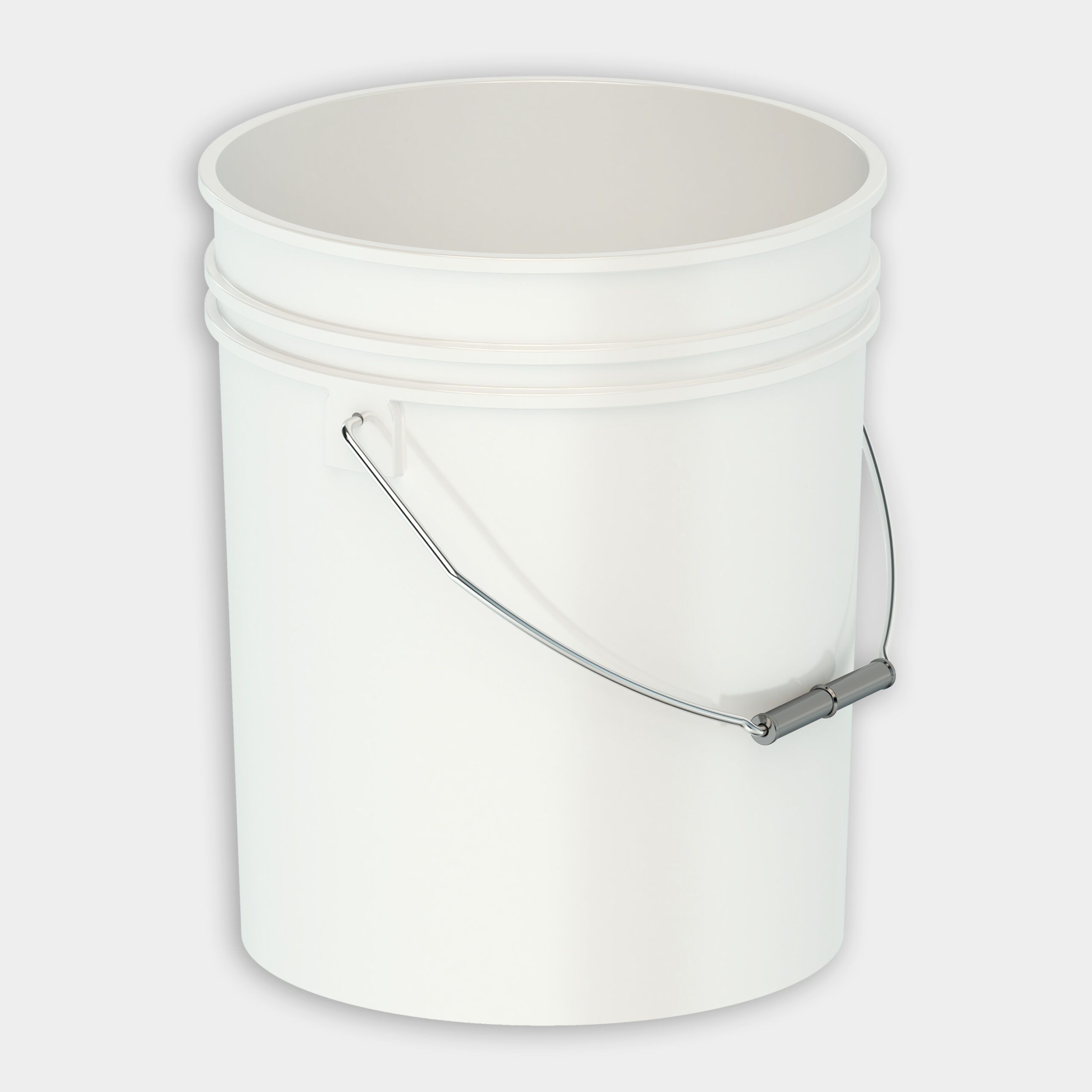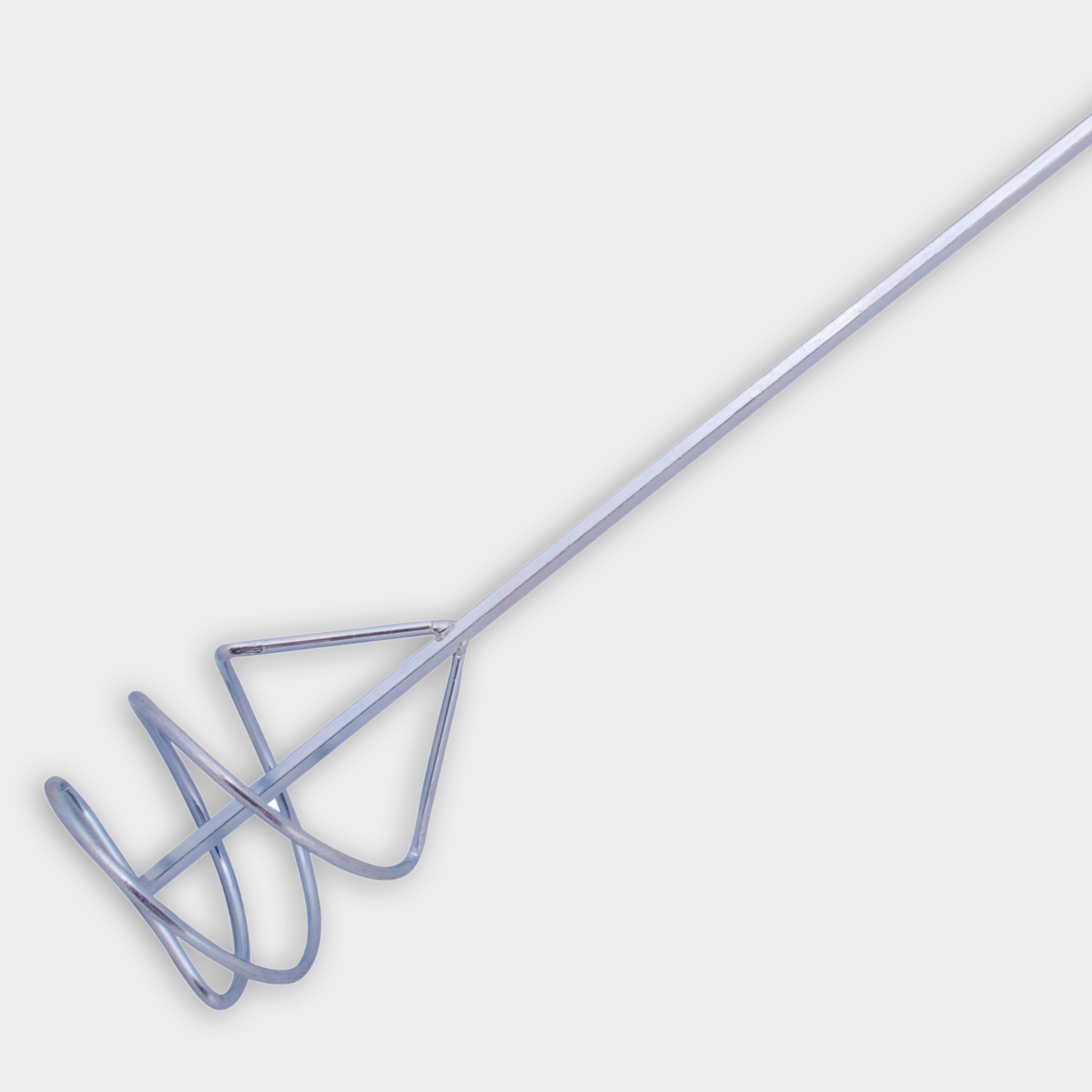Project details
Skill
Cost
Estimated Time
We may be compensated if you purchase through links on our website. Our team is committed to delivering honest, objective, and independent reviews on home products and services.
Citrus trees can bring a touch of the tropics to your backyard, but they’re susceptible to various diseases that can threaten their health and fruit production. Identifying and treating these issues early is essential for maintaining a thriving citrus tree. Watch the video above to see how This Old House landscaping expert Roger Cook finds organic solutions to prolong the life of a diseased orange tree. In this article, we’ll explore common citrus diseases, their symptoms, and effective treatment methods.
*Costs in this article reflect an average of prices that our team found from hardware stores like Lowes and Home Depot, and on Amazon.com.
Identifying Citrus Tree Diseases
Recognizing the signs of disease in your citrus tree is the first step toward effective treatment. Here are some common symptoms to watch for:
Leaf Symptoms
- Yellowing leaves (chlorosis)
- Mottled or blotchy leaf patterns
- Premature leaf drop
- Twisted or deformed new growth
Fruit Symptoms
- Small, green fruits that don’t ripen properly
- Misshapen or discolored fruit
- Premature fruit drop
- Reduced fruit production
Branch and Trunk Symptoms
- Cankers or lesions on branches
- Oozing sap or gummy residue
- Twig dieback
- Bark splitting or peeling
Roots Symptoms
The health of a citrus tree isn’t only reflected in its leaves, fruit, branches, and trunk—examining the roots can also provide important clues.
- Discolored or blackened roots
- Lack of white tips on feeder roots indicates poor health
- Roots that are mushy or have a foul odor
Understanding the complete range of symptoms, from the canopy to the root system, allows for more comprehensive diagnosis and treatment.
Common Citrus Diseases and Their Treatments
Being able to recognize the specific diseases that affect citrus trees will help you choose the most effective treatment methods.
Citrus Greening (Huanglongbing)
In the video, Cook visits a commercial orange grove to learn about citrus greening, or Huanglongbing (HLB). Citrus greening is a devastating bacterial disease spread by the Asian citrus psyllid. Citrus greening prevents the transportation of nutrients from the soil to the tree. Symptoms include:
- Yellowing of leaf veins and shoots
- Asymmetrical mottling of leaves
- Stunted growth
- Small, lopsided, and bitter-tasting fruit
Treatment: While there is no cure for citrus greening, management techniques can prolong the tree’s life. Above, Cook and citrus expert Benny McLean present an organic solution to prolonging the life of a diseased backyard orange tree. McLean performs root pruning with a shovel and applies composted cow manure to the root zone. He also sprays a compost tea onto the foliage. Applying neem oil, a botanical oil available at garden centers, will smother the eggs of the psyllid to help control the population. With this method and the tips below, the life of the tree can be prolonged, but the disease is still fatal.
- Remove infected trees to prevent spread.
- Control psyllid populations with organic insecticides like neem oil.
- Improve tree health through proper nutrition and care.
- Plant disease-resistant varieties when possible.
- Use reflective mulches to repel psyllids.
Expert assistance with this project was provided by Uncle Matt’s Organics.
Citrus Canker
This bacterial disease causes raised, corky lesions on leaves, stems, and fruit. Other symptoms include:
- Circular lesions with yellow halos on leaves
- Raised, brown spots on fruit
- Premature leaf and fruit drop
Treatment:
- Prune and destroy infected branches.
- Apply copper-based fungicides as a preventative measure.
- Avoid overhead watering to reduce moisture on leaves.
- Plant resistant varieties in high-risk areas.
- Sanitize pruning tools between cuts.
Root Rot
Caused by various fungi, root rot affects the tree’s root system and can lead to overall decline. Signs include:
- Yellowing leaves
- Wilting
- Slow growth
- Branch dieback
Treatment:
- Improve soil drainage.
- Avoid overwatering.
- Apply fungicides specifically formulated for root rot.
- In severe cases, remove affected roots and replant in fresh soil.
- Use raised beds to enhance drainage in susceptible areas.
Sooty Mold
Sooty mold is a fungus that grows on the honeydew excreted by pests such as aphids, whiteflies, and scale insects. It creates a black, sooty coating on leaves, which can block sunlight and hinder photosynthesis.
Treatment:
- Control honeydew-secreting pests using insecticidal soaps or oils.
- Wash off mold with a strong stream of water.
- Prune affected areas to improve air circulation.
- Introduce natural predators like ladybugs to reduce pest populations.
Organic Treatment Methods for Citrus Trees
Relying on organic methods for treating disease in citrus trees offers several benefits. Organic treatments are typically made from natural ingredients, reducing the risk of harmful chemicals leaching into the soil and water. This helps protect surrounding ecosystems, including beneficial insects, wildlife, and aquatic life. On the other hand, overuse of synthetic pesticides can lead to pests and pathogens developing resistance. Organic treatments help reduce the likelihood of resistance developing, ensuring longer-term effectiveness. In addition, since organic methods avoid synthetic chemicals, they pose less risk to human health.
If you prefer natural solutions, several organic methods can help treat and prevent citrus diseases:
Compost Tea
Compost tea is a nutrient-rich liquid that can boost tree health and fight diseases. In the video, Roger Cook demonstrates how to make and apply compost tea:
- Fill a bucket with water.
- Place compost in a sock and submerge it in the water.
- Aerate the mixture for 24 hours using a fish tank pump.
- Add molasses to feed beneficial microbes.
- Spray the tea onto tree leaves using a hose-end sprayer.
- Apply compost tea every two to four weeks for optimal results.
Root Pruning and Fertilization
To stimulate new root growth and improve nutrient uptake:
- Use a shovel to cut roots 4–6 inches deep around the tree’s drip line.
- Apply organic fertilizer, such as composted cow manure, around the base of the tree.
- Sprinkle organic sugar over the fertilizer to feed beneficial microbes.
- Mulch with organic materials to retain soil moisture and suppress weeds.
- Water deeply but infrequently to encourage strong root growth.
Neem Oil Application
Neem oil is an effective organic pesticide that can control psyllid populations without harming beneficial insects:
- Mix neem oil according to package instructions.
- Apply to new leaf growth, where psyllids are most likely to feed.
- Reapply every seven to 14 days or after rain.
- Combine neem oil with insecticidal soap for added efficacy.
- Monitor regularly for reinfestation and treat as necessary.
Preventative Measures To Keep Your Citrus Trees Healthy
Preventing disease is often more effective and less labor-intensive than treating it. Here are some steps to keep your citrus trees healthy:
- Choose disease-resistant varieties when planting new trees
- Ensure proper soil drainage and avoid overwatering
- Prune regularly to improve air circulation
- Clean pruning tools between uses to prevent disease spread
- Maintain proper nutrition through regular fertilization
- Monitor trees regularly for signs of disease or pest infestation
- Use organic mulches to conserve soil moisture and improve soil health
- Rotate planting locations to avoid soil-borne diseases
Pruning Techniques
Proper pruning is vital for disease prevention and it can enhance the structure and appearance of your citrus trees.
- Remove dead, damaged, or diseased branches.
- Thin out crowded areas to improve light penetration and air circulation.
- Make clean cuts just outside the branch collar to allow for better healing.
- Avoid heavy pruning during the growing season to reduce stress.
- Disinfect pruning tools between cuts to prevent disease transmission.
Soil and Watering Practices
Healthy soil and appropriate watering practices are fundamental to preventing diseases.
- Use well-draining soil mixes to promote healthy root growth.
- Avoid waterlogged conditions by adjusting watering schedules according to weather conditions.
- Incorporate organic matter to improve soil structure and nutrient availability.
- Mulch around tree bases but keep it away from the trunk to prevent rot.
- Regularly test soil pH and amend as necessary to maintain optimal conditions.
Beneficial Insects and Wildlife
Encouraging beneficial insects and wildlife around your citrus trees can create a balanced ecosystem that naturally controls pests.
- Attract birds by providing water sources and nesting spots
- Plant companion plants that attract beneficial insects like ladybugs and lacewings
- Avoid broad-spectrum insecticides that can harm non-target species
- Incorporate flowering herbs and plants to sustain a diverse insect population
- Use insectary plants to provide habitat for predatory insects
When To Seek Professional Help for Your Citrus Trees
While many citrus tree diseases can be managed at home, some situations may require professional assistance:
- Severe or widespread infections
- Difficulty identifying the specific disease
- Lack of improvement after home treatments
- Concerns about using chemical treatments safely
- Dead or dying trees that may pose a hazard
Professional arborists or local agricultural extension offices can provide expert diagnosis and treatment recommendations. They can also help with advanced treatments that may not be feasible for the average homeowner to perform safely.




